Student Blog

15th Annual Afternoon Tea with a Scholar ⟩
September 30, 2016, by Erwin
This past Sunday was the 15th Annual Afternoon Tea with a Scholar. Each year, the Occupational Therapy Association of California (OTAC) hosts this event to highlight exciting research that is being done in the field of OT!
This year, Ann McDonald, MA, PhD, OTR/L, spoke about the dynamic role of occupational therapy in support of families due to the oftentimes difficult talks of meeting the needs of a family member who has a physical, emotional, or neurodevelopmental challenge.
The event was awesome and there were two main things I took away from this event: the importance of research in occupational therapy and the importance of our state organization.
Research plays a pivotal role in advancing occupational therapy. Science is ever evolving and it is important that occupational therapy works to develop the best forms of treatment possible for our clients. USC is one of the leaders for research in the field of occupational therapy. In fact, Occupational Science, the science that informs our practice, was founded here at USC.
Another takeaway from this event was the importance of our state organization, OTAC. Supporting our state organization is so important because it fights for our right to practice — specifically in California. Many people know that OT is one of the top jobs out there, but it did not happen overnight. OTAC works tirelessly to advocate for our profession and support its members so we can work in this wonderful field.
Four students and I had the pleasure of volunteering for this event. Not only was volunteering fun but it gave us an opportunity to serve our OT community. So whether you are a prospective student or a seasoned practitioner, get involved in our state organization and the promotion of scholarship in occupational therapy.

Kaitlyn, USC’s 1st-year OTAC student delegate, and other volunteers honing their chef skills
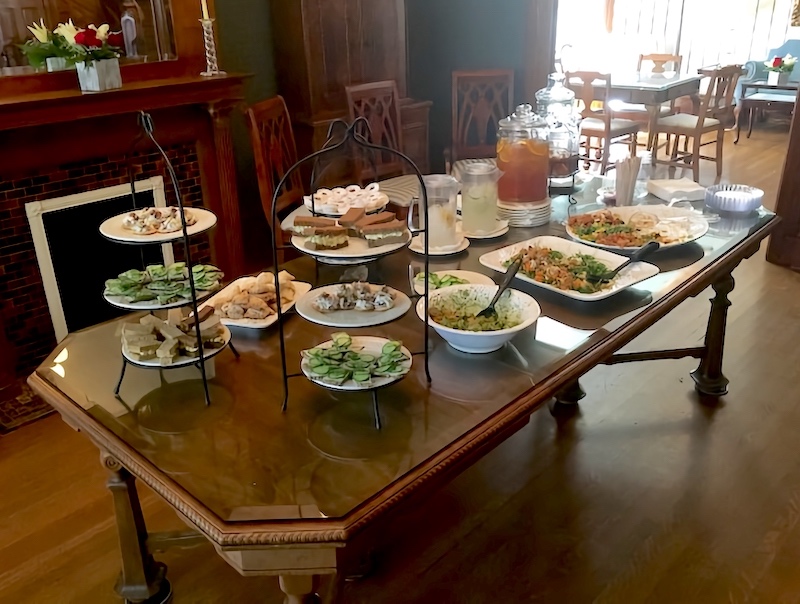
The fruits (and pastries) of our labor!
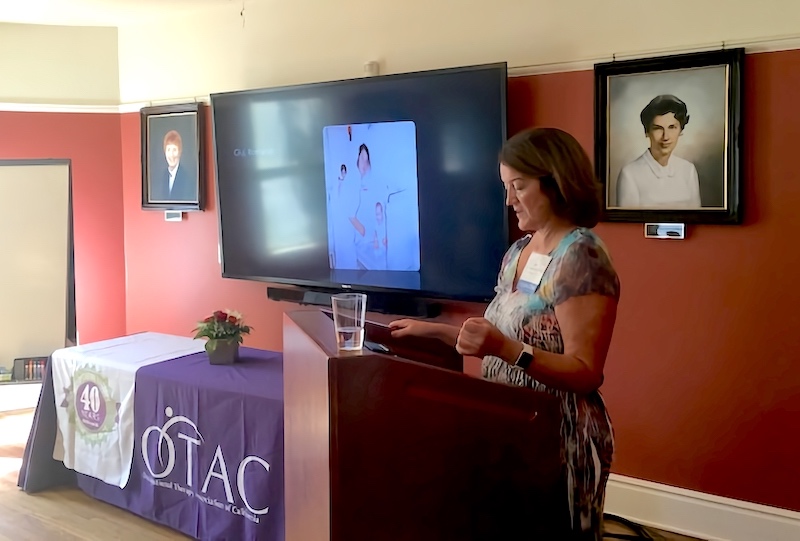
The woman of the hour: Ann McDonald, MA, PhD, OTR/L
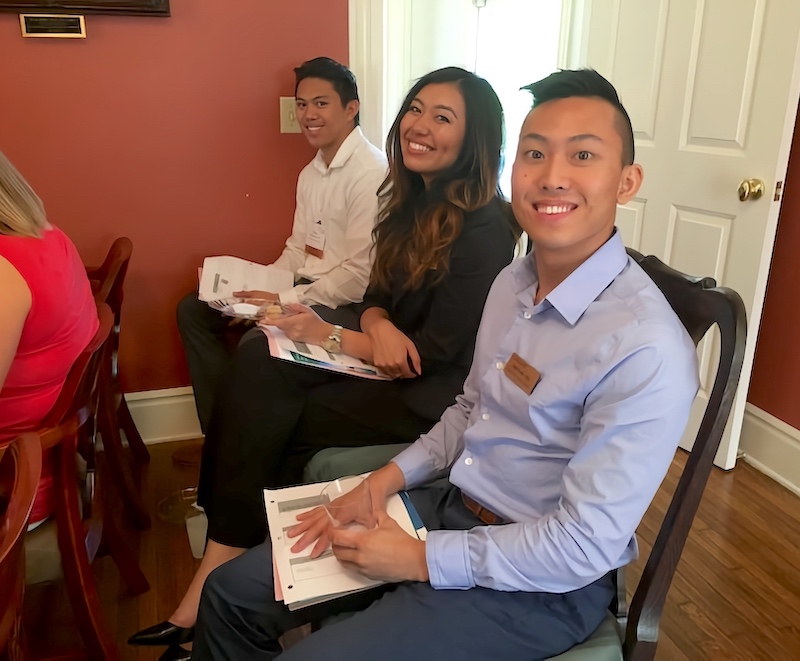
Our wonderful student volunteers 😊
⋯

Can you feel it? ⟩
September 26, 2016, by JRoe
Hard to believe we are already entering week six and almost at the halfway mark! This semester has gone by so quickly! During this first half of the course, Adult Physical Rehabilitation, we have been learning about different assessments we may administer when we meet our clients. This past week, our focus was on sensation testing on the upper body. Sensation tests look to see if clients can feel things like touch, temperature, or pain on their skin. Without sensation, a person may be at an increased risk for injury, among other thing, and is very important to address. Clients who often have decreased sensation are ones who are recovering from a stroke or a spinal cord injury.
Our professors brought in all sorts of tools that could be used to test our clients’ sensation! One of the coolest tools was called a “pinwheel” and was used to test for pain. This test is commonly administered along the arm.
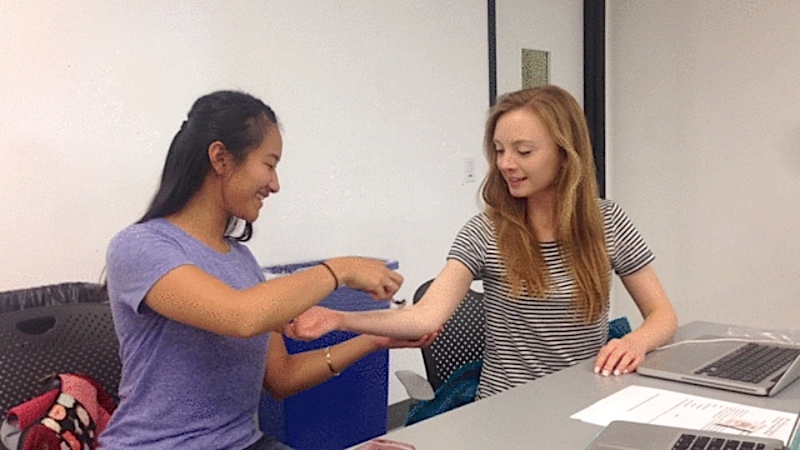
Another fun assessment to try out was the one used for stereognosis, which is what allows us to find objects with touch alone; the classic example being finding your car keys in your pocket or purse.

We also tested on each other for two-point discrimination, which measures how close two points can be to each other and still recognize them as separate points.

⋯

All fun and games ⟩
September 26, 2016, by Jessica
What I love most about pediatrics is that we often use play, a child’s main occupation, as a means and ends to help a child meet their developmental milestones. And really, who doesn’t love to play?
This past week in pediatrics lab we focus on fine motor coordination assessments and fine motor activities, which included getting to play with a ton of games that can be used to address fine motor coordination skills. Here are some photos of a couple games we played in lab and what they could be used for in practice.

Mr. Mouth game
Mr. Mouth is a game where the goal is to catapult as many flies into the frog’s mouth as possible, while the frog’s mouth is rotating in a circle. There was actually a pretty steep learning curve to this game — it took many missed attempts to figure out that you needed to use less force to get the fly into the frog’s mouth. It can be used to help a child work on isolated finger movement or grading force, which are both important pre-writing skills!
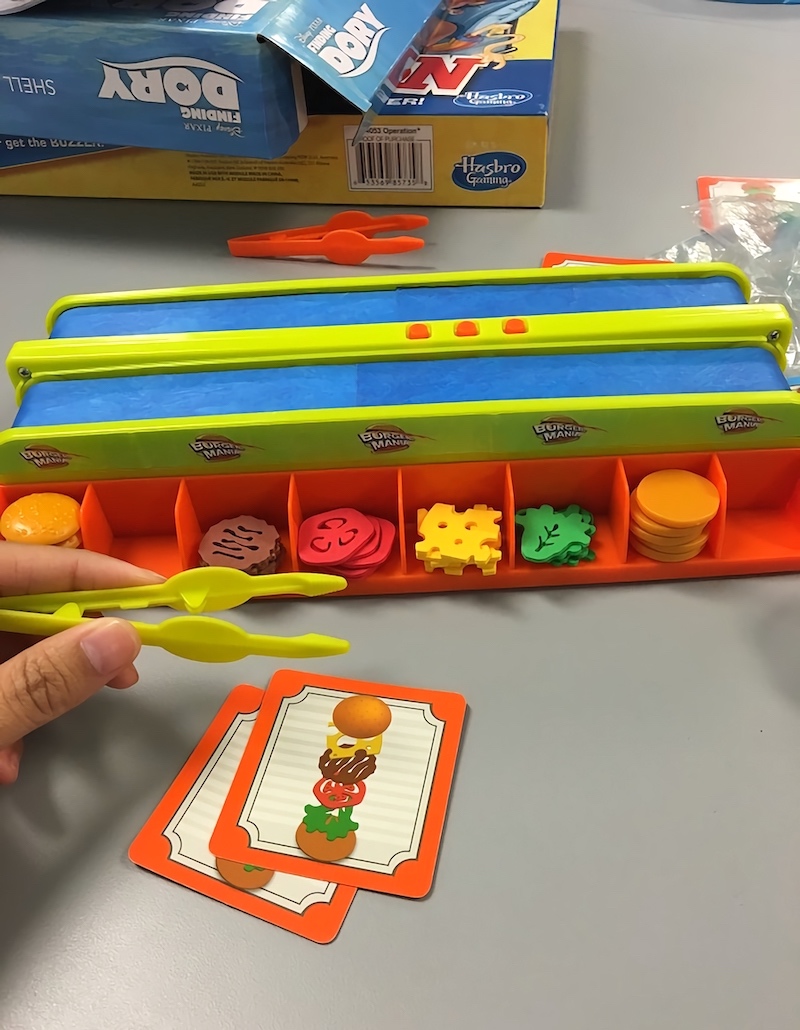
Burger Mania game
Burger Mania is a game where you compete against another person to create a mini burger on the mini conveyor belt before it falls off. You pick a card, and it tells you the type of burger you need to make. The conveyor belt continuously moves, and you have to use these tiny tongs to grab each burger component one at a time to place on the burger in the correct order. This game can be used to work on a child’s ability to use tools, which is also another important pre-writing skill. This game was actually pretty challenging, given the time and speed components. It would be important to keep in mind a child’s frustration tolerance when planning to use this game in therapy.
Overall, pediatrics has definitely helped me with my activity analysis skills. Now whenever I see board games and toys for kids, I can’t help but think about how it can be incorporated into OT practice. Stay tuned for more fine motor goodness in next week’s post!
⋯

First Day of Fieldwork! ⟩
September 19, 2016, by Kimmy
Although we just finished Week 4 of classes, this was the first week of Level I Fieldwork for the semester. I am currently in my third and final immersion: mental health. As Alyssa explained, OTs practice in a variety of settings, which is true for the mental health population. For fieldwork this semester, I am placed at a supportive housing community for people labeled with mental illness who were previously homeless.
The first day was a bit hectic, as expected, but here are some highlights! For the first hour, I joined in on a walking group. The group includes men recovering from substance use and uses walking as a medium to encourage occupational participation and positive communication. It was a great opportunity to meet some of the program members and get some fresh air! Later, I spent time collaborating with other fieldwork students to plan occupation-based groups that we will ultimately lead. The site encourages collaboration between Level I students from USC and Level II students from California State University, Dominguez Hills. As a result, we are not only exposed to the clinical aspects of a typical fieldwork site, but also the interpersonal development necessary to become an effective therapist.
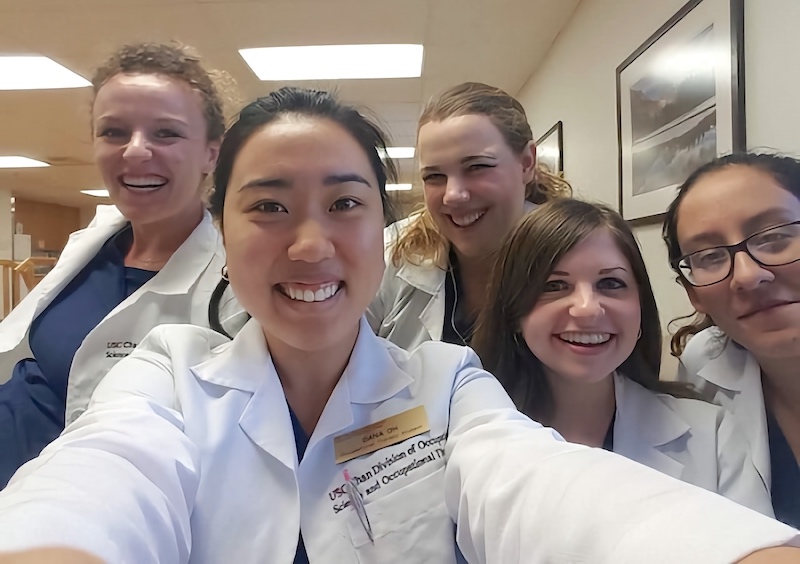
Classmates make fieldwork more fun!
In my opinion, fieldwork is one of the best ways to learn because it provides hands-on experience with diverse applications of OT. I especially love it when my personal favorite occupations align with treatment plans. This semester, I will be involved in planning and leading a cooking group. Not only does this allow me to engage with clients and build a therapeutic relationship, but I get to participate in one of my favorite activities while doing so! See below for some of my foodie faves:
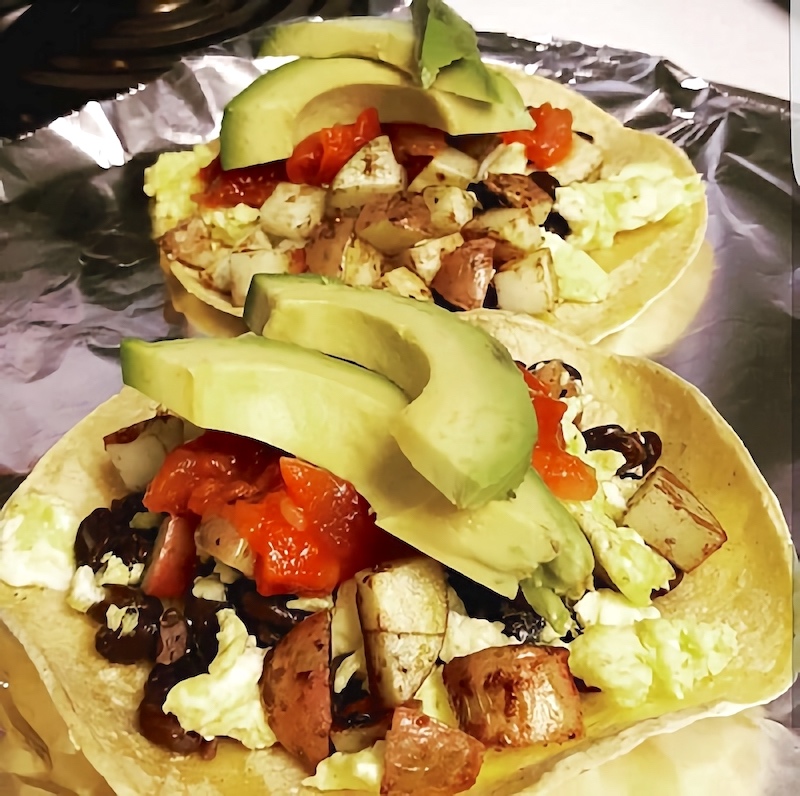
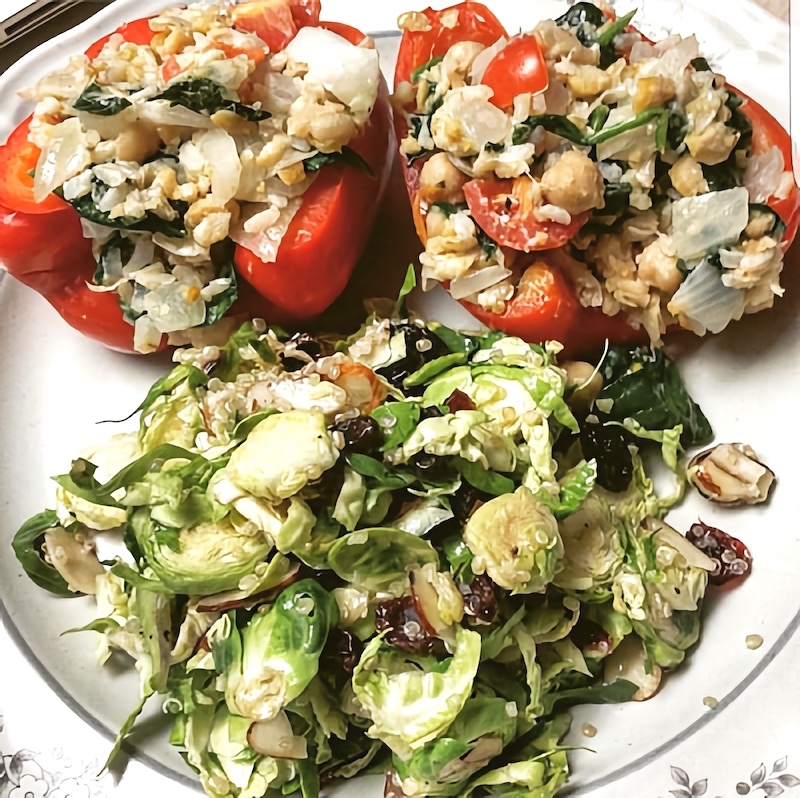

⋯

Fuel Your Studies! ⟩
September 19, 2016, by Alyssa
As an occupational therapy student, I am always on the go! Whether I am checking my email, reading an article, driving to school, or getting my daily exercise in, I find myself always occupied. ☺ When I first started the master’s program, one of the challenges I came across was ensuring that I was eating healthy. With balancing a busy school schedule and workload, healthy eating can become less of a priority. Skipping meals, buying snacks from the vending machines, or eating on the go can become commonplace, especially since all of these can save you time! Healthy eating requires time, planning, and yes, some money. However, healthy eating is possible and should be a priority, especially if you would like to optimize your learning!
Here are some strategies I use that support my healthy eating:
- Plan Ahead: Make a list of meals and snacks you would like to eat for the week. Make sure within this list, you have a good balance among your fruits, vegetables, proteins, and carbohydrates. Using your time management skills to plan the food supplies you need can help ensure that your meals are healthy!
- Buy and Cook in Bulk: Grocery shopping at bulk stores, such as Costco, has ensured that I have enough food for the week and I am getting the bang for my buck! Cooking in bulk means leftovers! Leftovers are great, especially when time is limited and do not want to cook as many meals during the week!
- Bring your lunch and snacks to school: Yes, pack your snacks and lunch in your favorite lunch pail! Everyone does it. ☺ Your snacks and lunch doesn’t have to be boring! Pack some foods, such as Greek yogurt, fresh berries, vegetables and hummus, almonds, apples, and string cheese! Bringing your lunch and snacks to school help you avoid buying junk foods from the vending machine or stopping through a fast food drive through!
Remember, eating healthy can be fun! Use your creativity & do your online research to find what snacks/foods can best fit your daily routine!
⋯





